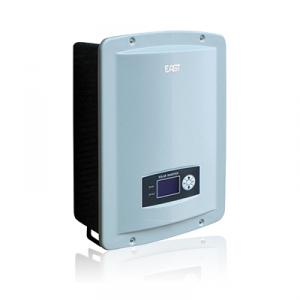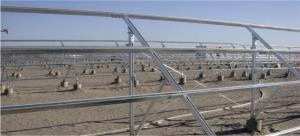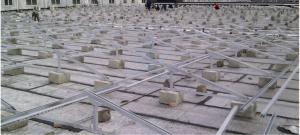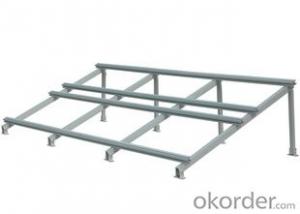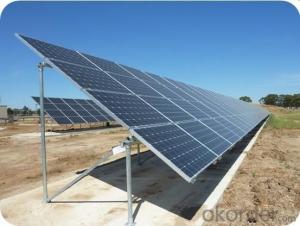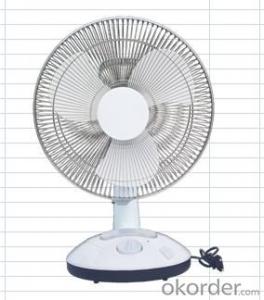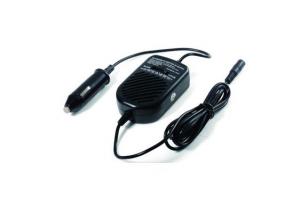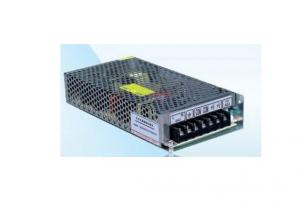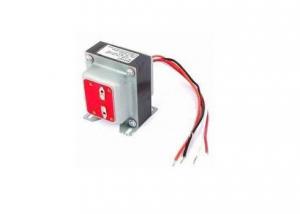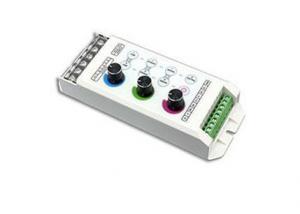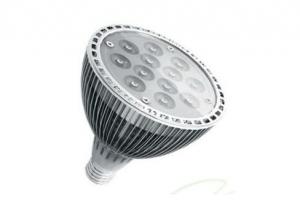Crown Solar Inverter
Crown Solar Inverter Related Searches
Sunrun Solar Inverter Sun Solar Inverter Solar King Inverter Solar Smart Inverter Sunshine Solar Inverter Solar Solar Inverter Smart Solar Inverter Sunny Solar Inverter Smart Inverter Solar Solar Smart King Inverter Inverter Solar Samsung Solar Inverter Smart Solar Power Inverter Icon Solar Inverter Solar Inverter Kit Sunway Solar Inverter Solar Energy Inverter Solar Power Inverter Kit Solar Converter Inverter Solar Panel Inverter Solar Rooftop Inverter Inverter Solar Panel Solar Panel Inverter Kit Hybrid Solar Inverter Inverter Solar Hybrid Solaris Solar Inverter Smart Hybrid Solar Inverter Solar Home Inverter Inverter Hybrid Solar Solar Plant InverterCrown Solar Inverter Supplier & Manufacturer from China
Crown Solar Inverter is a product that is designed to convert solar energy into usable electrical power. These inverters play a crucial role in the solar energy system by ensuring that the energy collected by solar panels is efficiently converted and utilized in various applications. They are widely used in residential, commercial, and industrial settings to harness the power of the sun and reduce reliance on traditional energy sources.The Crown Solar Inverter is known for its reliability and efficiency in various usage scenarios. It can be integrated into both small-scale and large-scale solar power systems, making it a versatile choice for different types of installations. Whether it's a home solar setup or a commercial solar farm, these inverters are capable of handling the energy conversion process with precision, ensuring that the solar energy is effectively utilized for powering electrical devices and systems.
Okorder.com is a leading wholesale supplier of Crown Solar Inverters, boasting a large inventory to cater to the diverse needs of customers worldwide. With a commitment to quality and customer satisfaction, Okorder.com ensures that the Crown Solar Inverters they supply are of the highest standards, meeting the requirements of various solar energy projects. By offering a wide range of options and maintaining a robust inventory, Okorder.com has established itself as a trusted source for those seeking to invest in solar energy solutions.
Hot Products















